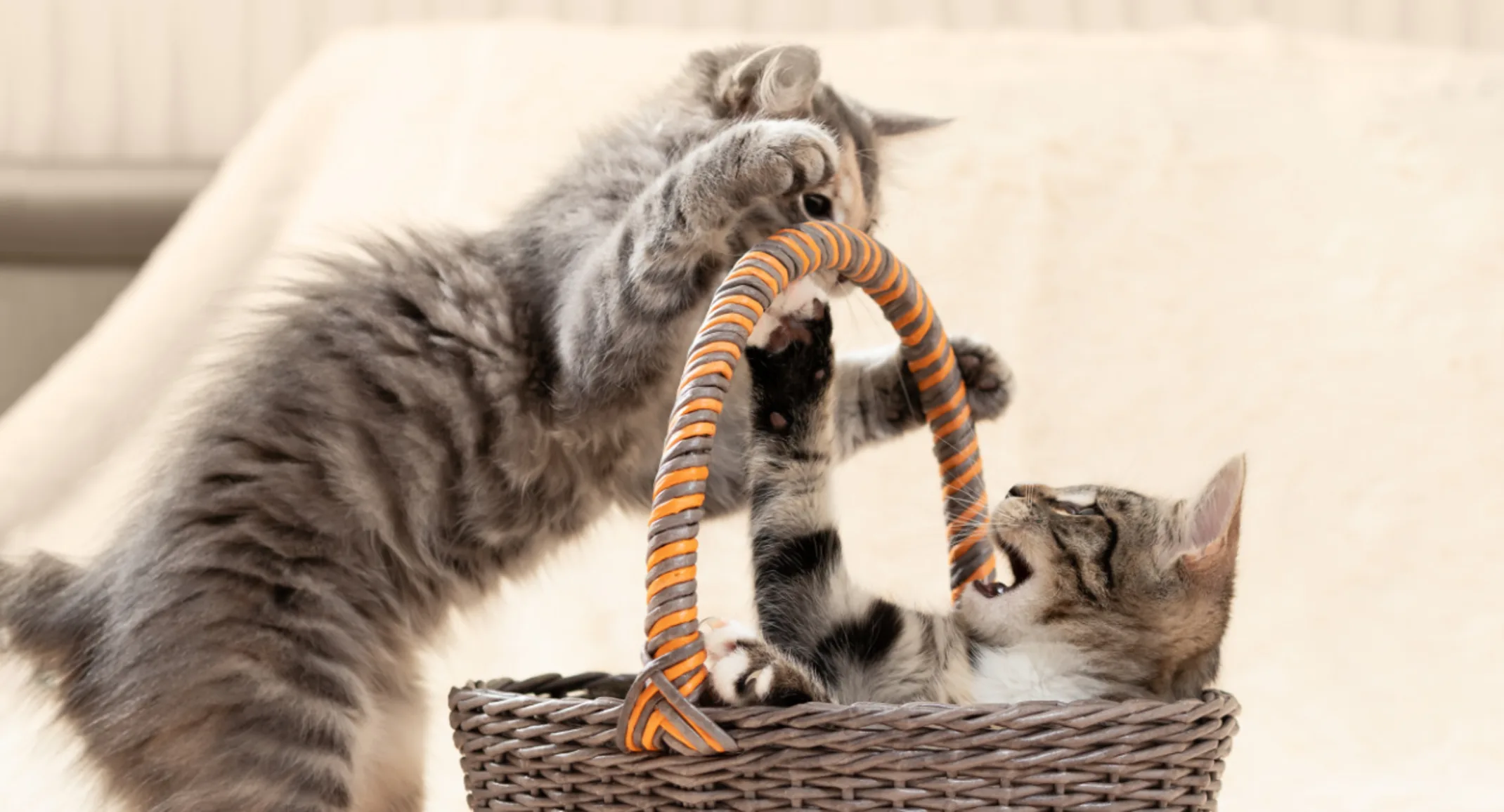Catnip
Cat Health Information

Catnip, also called catmint, catwort, and field balm is an herb belonging to the mint family. It has a strong minty odour and taste. You can purchase it in dried or extract form. It is also a weed, so you may find the fresh plant growing in your own backyard. People used catnip for its medicinal properties long before it was used to stimulate cats. It was smoked, chewed, brewed as tea, and applied as a poultice. The list of human ailments it treated was almost endless.
Catnip contains several chemicals that induce the 'catnip response'. Nepetalactone, the most potent, can cause behavioural changes in cats when present in the air in a concentration of just one part per billion.
The first stage of the catnip response is sniffing with head shaking. This is followed by rubbing the chin and cheeks, then by a head-over-heels roll. Body rubbing completes the response. Some cats will vocalize, which we believe is induced by hallucinations.
Not all cats react to catnip. The ability to respond is an inherited condition and in those cats, the response will not start until 8 weeks of age and takes a few months to develop. 10-30% of the cat population does not respond to catnip at all, at any age. Senior cats do not respond as much, or at all to catnip.
Toxic effects have never been reported in cats. If a large quantity of fresh catnip is consumed, you may see some vomiting or diarrhea, but this is rare and self-limiting. If your cat experiences this, limit or withhold catnip.
It certainly seems to be enjoyable for them (and for us to watch them).
